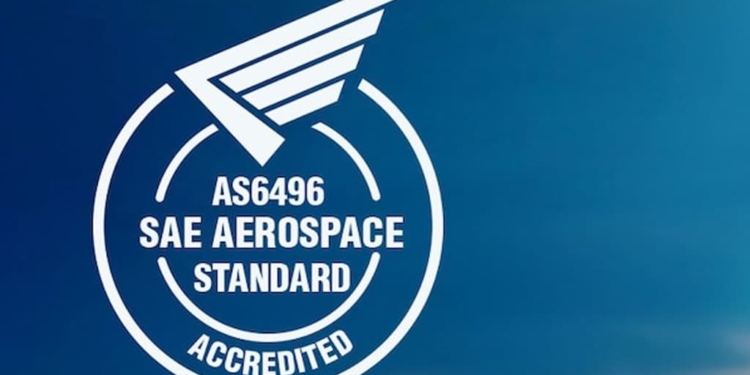Source: Mouser news
September 24, 2018 – Mouser Electronics, Inc., the industry’s leading New Product Introduction (NPI) distributor, announces that it has received accreditation to AS6496, making it the industry’s first authorized distributor to be accredited with the aerospace industry’s high standard for anti-counterfeit measures in authorized electronic component distribution.
Mouser received this accreditation from the Performance Review Institute (PRI), as part of the Counterfeit Avoidance Accreditation Program (CAAP). The CAAP audit was based on audit criteria (AC7403) created jointly by PRI, the Electronic Components Industry Association (ECIA) and aerospace OEM representatives.
The AS6496 aerospace standard sets requirements for the avoidance, detection, mitigation and disposition of counterfeit products in the authorized distribution supply chain. This international standard requires authorized distributors to have a counterfeit mitigation policy and a counterfeit electronics parts control plan. AS6496 is geared for all industries and individuals looking to reduce the risk of counterfeit electronic parts entering the supply chain.
“By becoming accredited to AS6496, Mouser demonstrates that we are committed to providing customers with only authorized, genuine components,” said Chuck Amsden, Mouser Electronics’ Vice President of Quality. “At Mouser, we can provide full traceability to the manufacturer on everything we sell. From sales to shipping, Mouser is committed to providing our customers with the right product, on time, every time. Our mission is to be the source most preferred by engineers and buyers to design, prototype, test and manufacture electronics.”
Mouser is also registered to AS9100D, ISO 9001:2015, and ANSI/ESD S20.20-2014, the industry’s gold standards for quality, control, and electrostatic discharge (ESD). Registration to these standards lets customers know that Mouser is an authorized distributor of the highest quality components by providing traceability, risk management, process control, customer support, product availability and document control.
With growing concerns over counterfeit parts entering the supply chain, Mouser customers can order with confidence knowing that Mouser has rigorous processes in place to mitigate the risk of counterfeit products penetrating its inventory.
With its broad product line and unsurpassed customer service, Mouser strives to empower innovation among design engineers and buyers by delivering advanced technologies. Mouser stocks the world’s widest selection of the latest semiconductors and electronic components for the newest design projects. Mouser Electronics’ website is continually updated and offers advanced search methods to help customers quickly locate inventory. Mouser.com also houses data sheets, supplier-specific reference designs, application notes, technical design information, and engineering tools.































